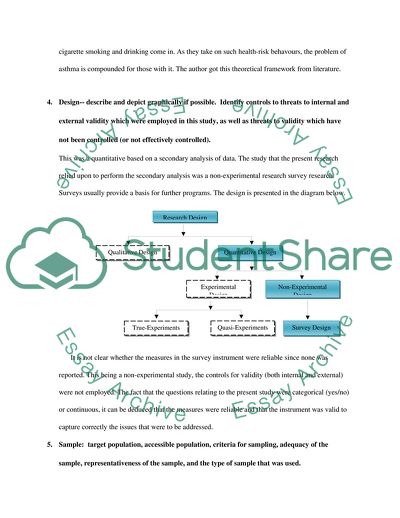Cite this document
(The Dependent, Independent and Significant Intervening Variables Assignment - 18, n.d.)
The Dependent, Independent and Significant Intervening Variables Assignment - 18. https://studentshare.org/social-science/1800153-assignment
The Dependent, Independent and Significant Intervening Variables Assignment - 18. https://studentshare.org/social-science/1800153-assignment
(The Dependent, Independent and Significant Intervening Variables Assignment - 18)
The Dependent, Independent and Significant Intervening Variables Assignment - 18. https://studentshare.org/social-science/1800153-assignment.
The Dependent, Independent and Significant Intervening Variables Assignment - 18. https://studentshare.org/social-science/1800153-assignment.
“The Dependent, Independent and Significant Intervening Variables Assignment - 18”. https://studentshare.org/social-science/1800153-assignment.


